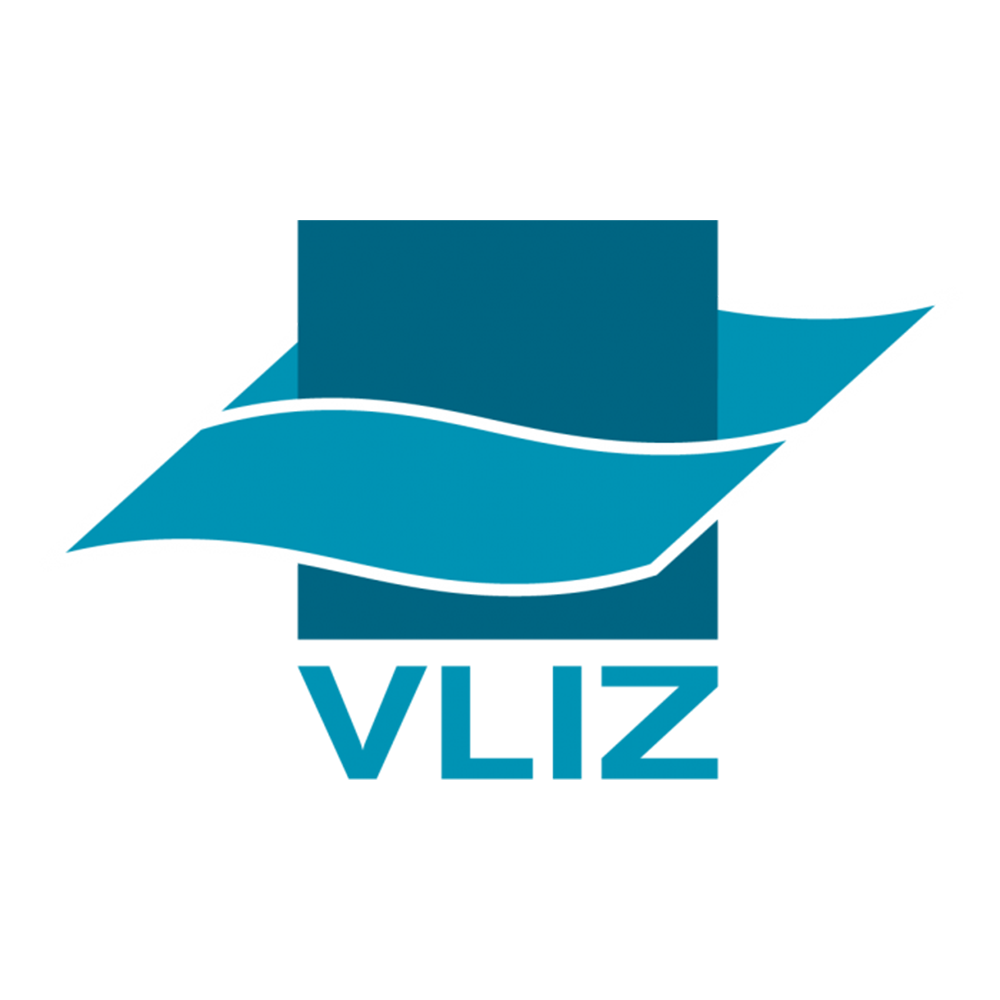Infrastructure
(short name)
VLIZ Coastal Observatory
(VLIZ Coastal Observatory)
Installation
(short name)
VLIZ Coastal Observatory
(VLIZ Coastal Observatory)
Location
Location: Belgian Part of the North Sea a) RV Simon Stevin (Ferry Box / Automatic Underway Measuring System): Belgian Part of the North Sea b) VLIZ Thornton Buoy: Belgian Part of the North Sea (Latitude 51.58, Longitude 2.995) c) VLIZ bottom moored tripods: Belgian Part of the North Sea (51.366, 2.45), (51.300, 2.86), (51.230, 2.50), (51.483, 2.30) , (51.411, 2.81), (51.700, 2.81), (51.335, 2.60), (51.580, 2.99) , (51.640, 2.53), (51.460, 3.05) d) VLIZ regular sampling stations: Belgian Part of the North Sea (51.185, 2.701), (51.308, 2.85), (51.433, 2.80), (51.333, 2.5), (51.376, 3.22), (51.440, 3.13), (51.471,3.058), (51.270, 2.905), (51.276,2.61), (51.566, 2.25), (51.800, 2.55), (51.458,2.35), (51.750,2.7), (51.683, 2.416), (51.588, 3.012), (51.480,2.45),(51.580, 2.790) e) VLIZ Unmanned Surface Vehicle (USV): Belgian Part of the North Sea f) VLIZ Automated unmanned vehicle (AUV): Belgian Part of the North Sea g) VLIZ Remotely Operated Vehicle (ROV): Belgian Part of the North Sea

Coordinates/Routes
51°13'59.8"N 2°55'46.6"E
Bottom depth
Legal name of organisation
VLAAMS INSTITUUT VOOR DE ZEE VZW
Country
Belgium
Contact
Description: Multi platform monitoring of physical, biogeochemistry, and biological
parameters. Underwater ultrasound and porpoise echolocation. Unmanned Surface Vehicle (USV), Automated unmanned vehicle (AUV). Remotely Operated Vehicle (ROV). S
Website: www.vliz.be, http://vliz.be/en/vliz-monitoring, http:///en/marine-robotics-centre
Modality of access under this proposal: MoA1/MoA2. UA: day Modality used to
declare access costs: TA-AC
The installations of the VLIZ coastal observatory are operated in the Belgian Part of the North Sea (BPNS) to serve marine scientists in Flanders and abroad. The BPNS covers the most south-western part of the North Sea and is bordered by the English Channel to the south-west and by the central part of the North Sea to the north-east. The BPNS is influenced by water from the ‘channel’ and from freshwater inputs from the Yzer and Scheldt and contains a unique sand bank system. The installations of the observatory are operated on a regular basis in the framework of the collection of long-term data series. In addition, the installations are deployed for ad hoc studies upon request. The observatory serves over 20 research groups a year directly. Thousands of users are served through the redistribution of collected data by the VLIZ data centre, a national oceanographic data centre of the IOC-IODE. This is done through various networks and portals including SeaDataNet, EMODNET, OBIS, etc. Specific virtual labs are developed in collaboration with LifeWatch to explore specific data types
